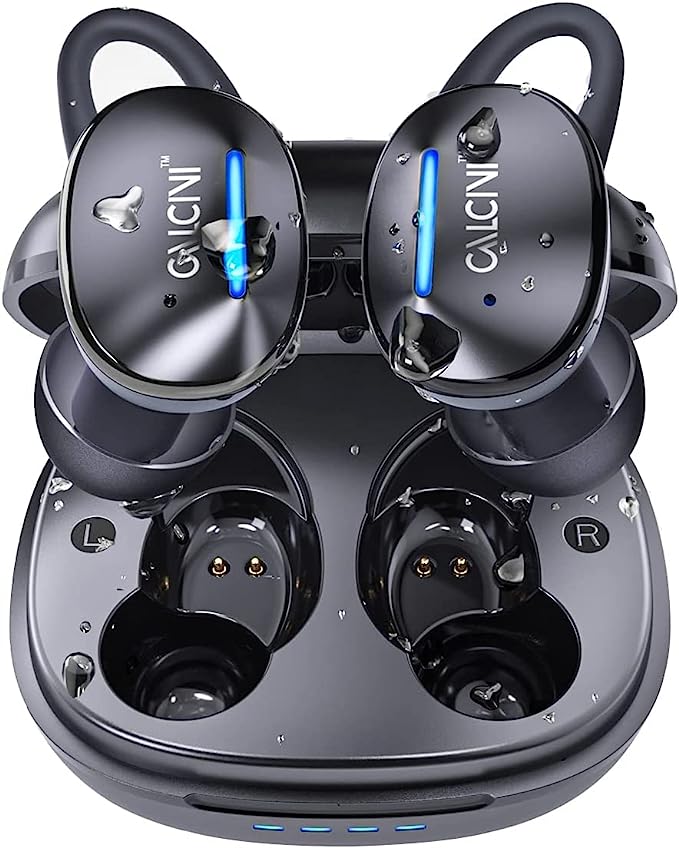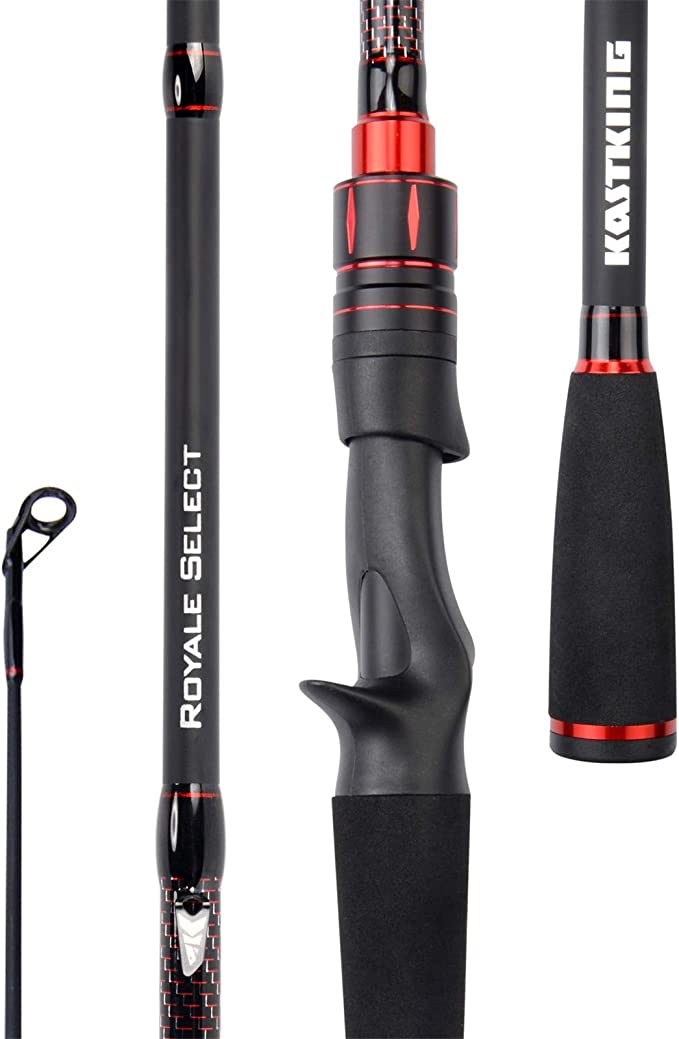The Physics of Air-Supported Structures: Engineering the ShinHye Inflatable Tent
Update on Nov. 18, 2025, 8:14 p.m.
In the evolution of nomadic shelter, we have moved from bone and hide to aluminum and nylon. Now, we stand on the precipice of a new architectural era: Pneumatic Structures. The idea of building with air—using gas pressure as a load-bearing element—is not new to engineering (think car tires or moon habitats), but its application in consumer camping gear like the ShinHye Inflatable Tent represents a democratization of advanced materials science.
To the uninitiated, an “inflatable tent” sounds like a toy. To the materials engineer, it is a sophisticated application of Pascal’s Law and Block Copolymers. Let’s deconstruct why replacing rigid poles with pressurized air is not a gimmick, but a superior solution for kinetic environments.

Pascal’s Law and the Rigidity of Air
The fundamental skepticism regarding air tents is: “Will it collapse in the wind?”
The answer lies in physics. A rigid aluminum pole has a fixed Yield Strength. Once wind pressure exceeds this limit, the metal bends permanently or snaps. It is a catastrophic failure mode.
An air beam operates differently. According to Pascal’s Law, pressure applied to a confined fluid is transmitted undiminished throughout the fluid. When you pump the ShinHye’s air columns to the specified PSI, you are creating a pre-stressed structure. * Dynamic Response: When a gust of wind hits the tent, the air beam deflects. This compression increases the internal pressure momentarily. Because air is compressible (unlike aluminum), the beam absorbs the energy and then—crucially—rebounds to its original shape. It has Elastic Memory. It doesn’t snap; it dances with the wind.
Material Science: The Chemistry of TPU
The viability of this system rests entirely on the polymer holding the air. Cheap inflatables use PVC (Polyvinyl Chloride). PVC is chemically rigid; to make it flexible, manufacturers add liquid plasticizers. Over time, these leach out, and in cold weather, PVC hits its Glass Transition Temperature, becoming brittle and cracking.
The ShinHye tent utilizes TPU (Thermoplastic Polyurethane). * Molecular Structure: TPU is a block copolymer consisting of hard (crystalline) and soft (amorphous) segments. This structure gives it rubber-like elasticity with the strength of engineering plastic. * The Cold Weather Advantage: Unlike PVC, TPU retains its flexibility well below freezing. It does not require plasticizers, so it doesn’t degrade or off-gas over time. It is also significantly more resistant to abrasion and puncture—essential for a structure that sits on rocks and dirt.

The Skin: Decoding “300D” and “5000mm”
The air beams support a skin made of 300D Oxford Cloth. * Denier (D): This measures the linear mass density of fibers. 300D means 9000 meters of the yarn weighs 300 grams. In practical terms, this is a heavy-duty, canvas-like fabric, offering significantly higher tear strength than the 70D or 150D fabrics found in lightweight backpacking tents. * Hydrostatic Head (5000mm): This is not just “waterproof”; it is expedition-grade. It means a 1-inch diameter column of water would need to be stacked 5 meters (16.4 feet) high before the pressure could force water through the fabric weave. This is achieved through a PU (Polyurethane) coating that fills the microscopic gaps between fibers, creating a monolithic barrier against moisture.
Thermodynamics: The Convective Engine
A sealed, waterproof tent can easily become a condensation trap. Humans exhale water vapor, and if it touches a cold tent wall, it turns to liquid.
The ShinHye tent combats this with Convective Ventilation.
* The Stack Effect: Warm, moist air rises. The “grid roof windows” allow this air to escape at the highest point.
* The Intake: As warm air exits, it creates a pressure differential that pulls cool, dry air in through the lower windows and “convective double doors.”
This passive airflow engine runs constantly, powered by the heat of the occupants, keeping the interior dry without mechanical fans.

Conclusion: The Architecture of Time
The true innovation of the ShinHye Inflatable Tent is not just the materials, but the gift of Time. By utilizing a unified pneumatic structure, the setup process is reduced to a single kinetic action: pumping. There is no cognitive load of matching poles to sleeves.
It is a structure that erects itself, utilizing the very atmosphere it protects you from to give it shape. It is not just a tent; it is a pressurized habitat designed for the modern nomad.




















